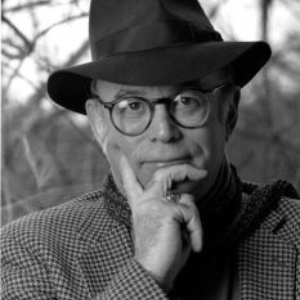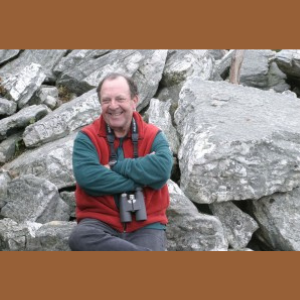
Artist and conservationist, George A. “Frolic” Weymouth has had a tremendous impact on land preservation, cultural and historic resources, and American art. In 1967, he persuaded friends, F.I. du Pont and William Prickett, to help him buy two parcels of land along the Brandywine that were proposed for industrial development. This purchase led to the founding of what is known today as the Brandywine Conservancy & Museum of Art (originally named the Tri-County Conservancy). Weymouth became the Chairman of the Board of that new organization, a title he still holds today.
Just two years after the organization’s founding, Weymouth donated the first conservation easement to the Conservancy to permanently protect his property, The Big Bend, from future development. Surrounded by the Brandywine Creek on three sides, the property is just inside Pennsylvania at the northern Delaware border and includes a large stone house, a portion of which was built in 1640 by Swedish settlers. That donation inspired the Hon. Harry G. Haskell Jr., Ford B. Draper, and Jamie Wyeth to similarly protect their properties. Together, these four easements permanently protect almost 340 acres and 5 1/2 miles along the Brandywine Creek.
A trailblazer, Weymouth has advocated and tirelessly raised funds for water and land preservation for nearly five decades. In 1984, he initiated the task of preserving more than 5,300 acres of land near Unionville, Pennsylvania, known as the Buck and Doe Run Valley Farm, part of the renowned King Ranch of Texas. Rumored buyers included a nuclear power plant, a real estate developer and, even, Disney.
Weymouth continues to promote the preservation of the Brandywine Valley’s natural, historic and artistic heritage. For him, the significant connection between land and water is paramount. The positive impact he has had on our region’s landscape is undeniable and, thankfully, permanent.
WeConservePA honored George Weymouth of Delaware County, with the Lifetime Conservation Leadership Award at an awards dinner in Wyomissing on May 2, 2014 at the annual Pennsylvania Land Conservation Conference.




